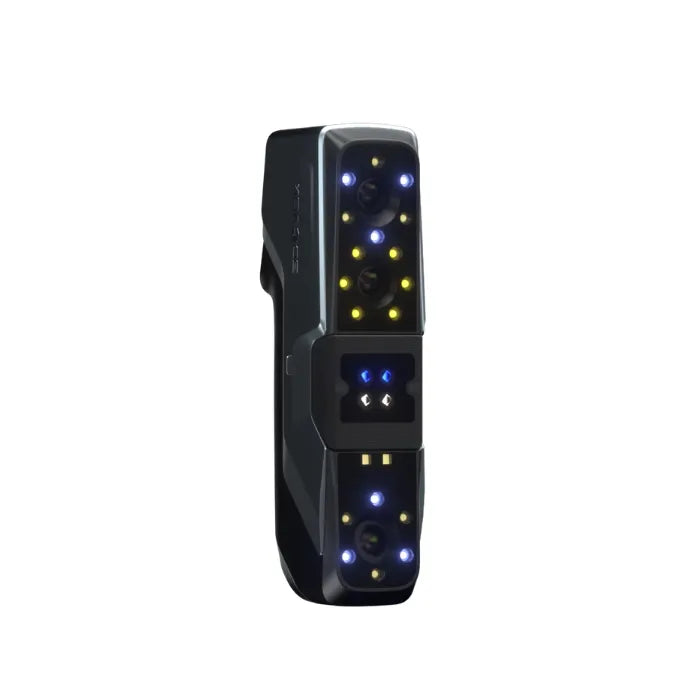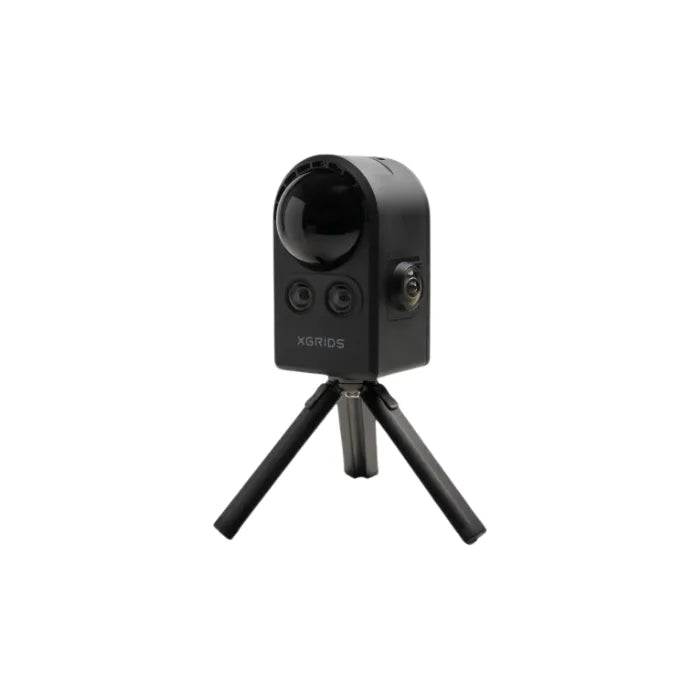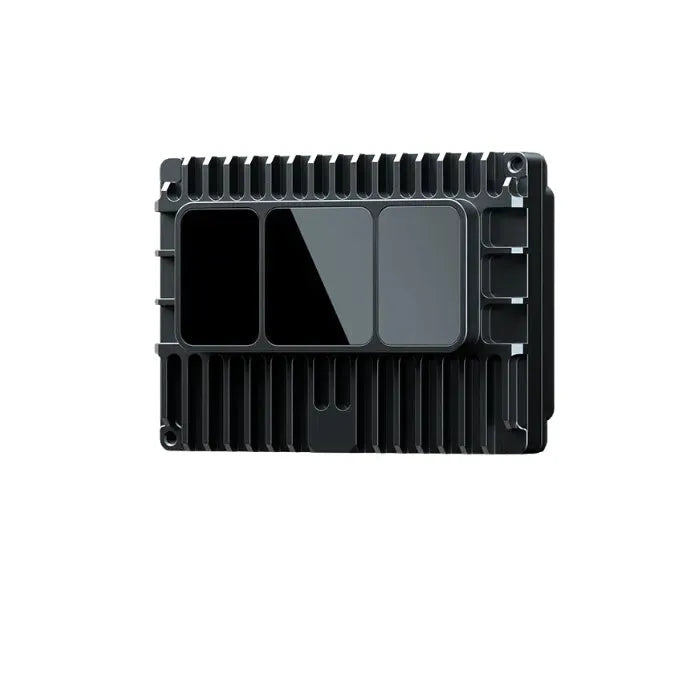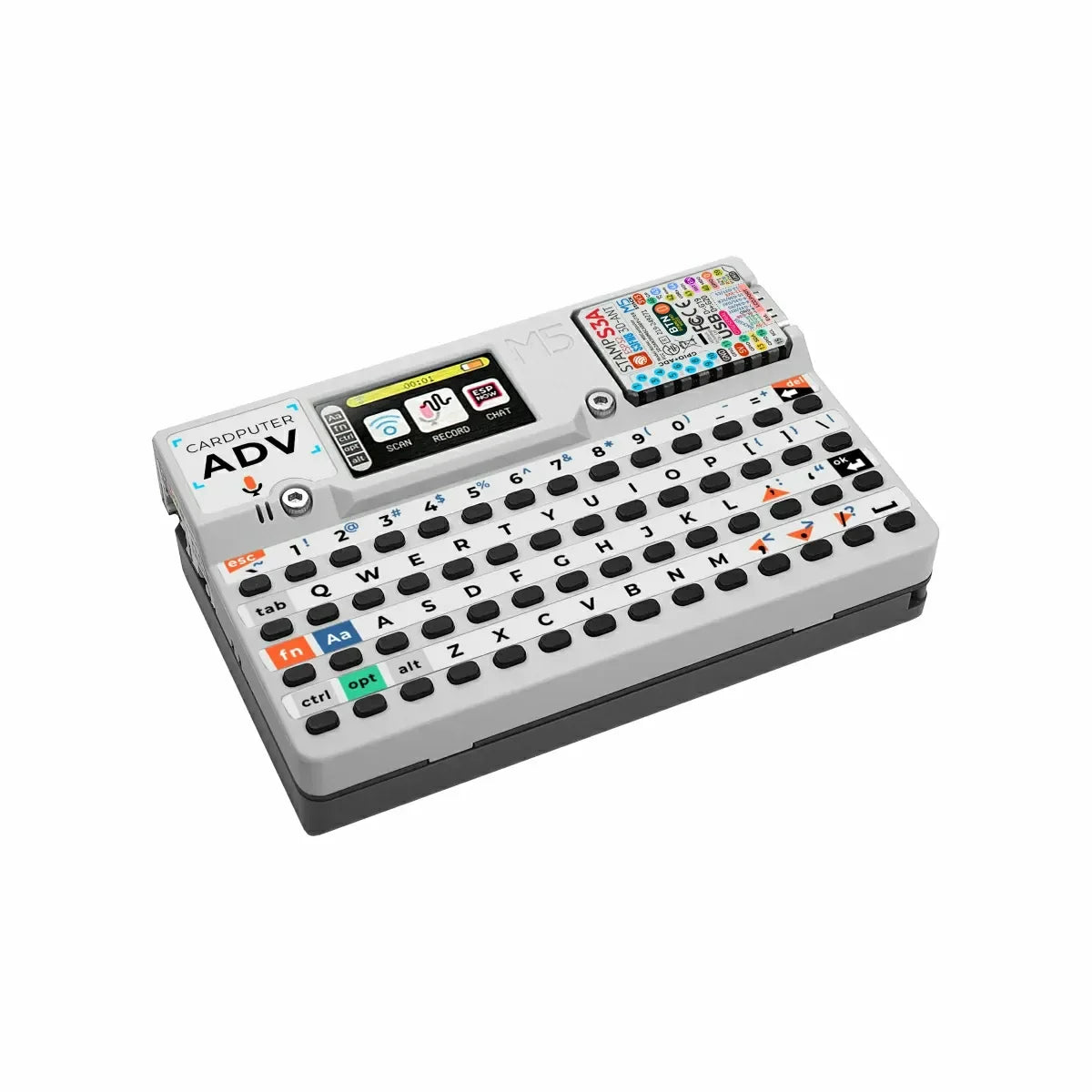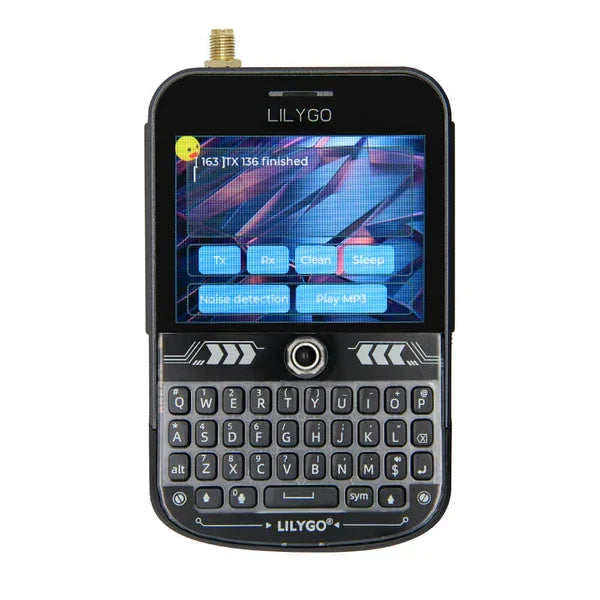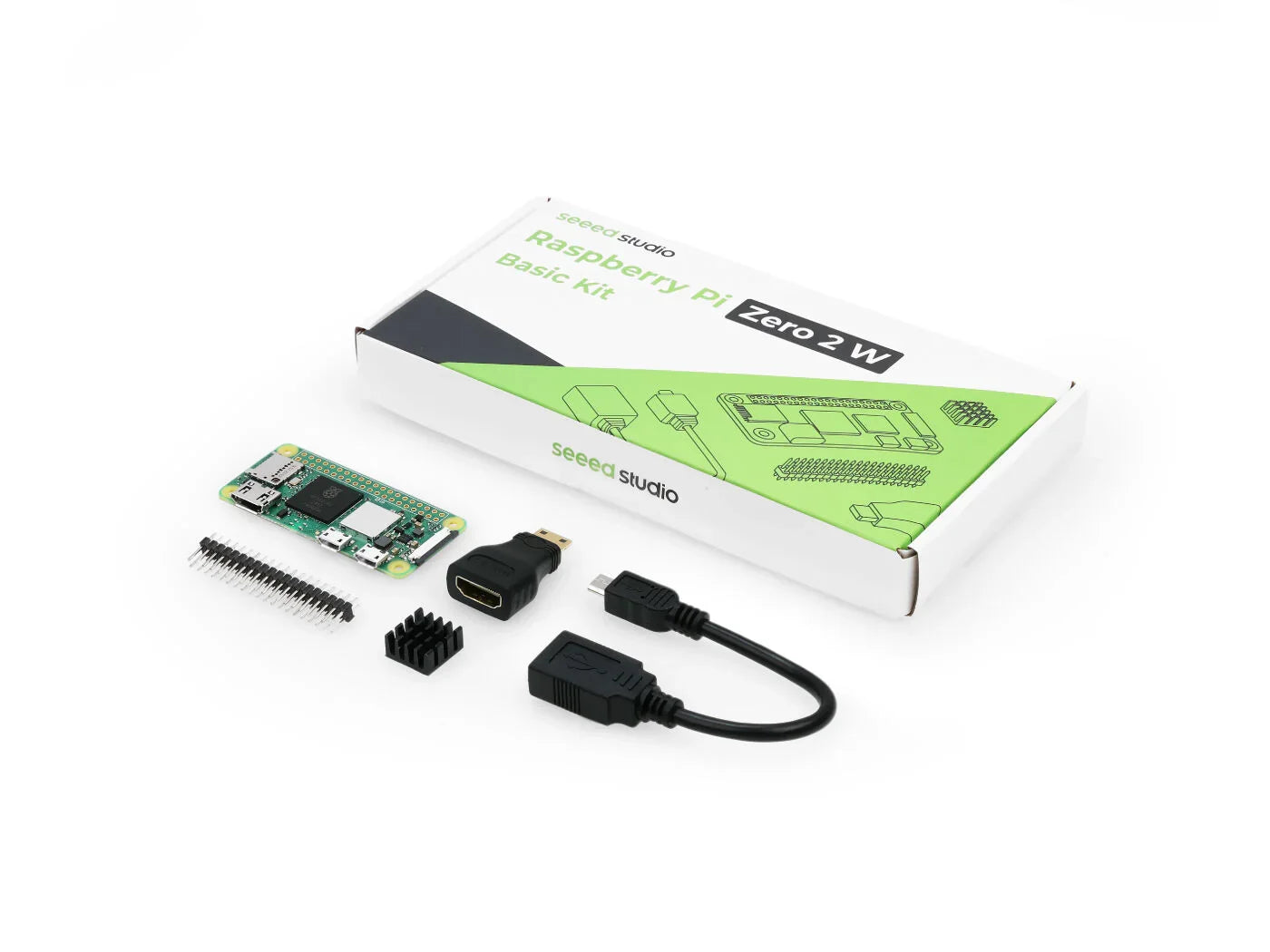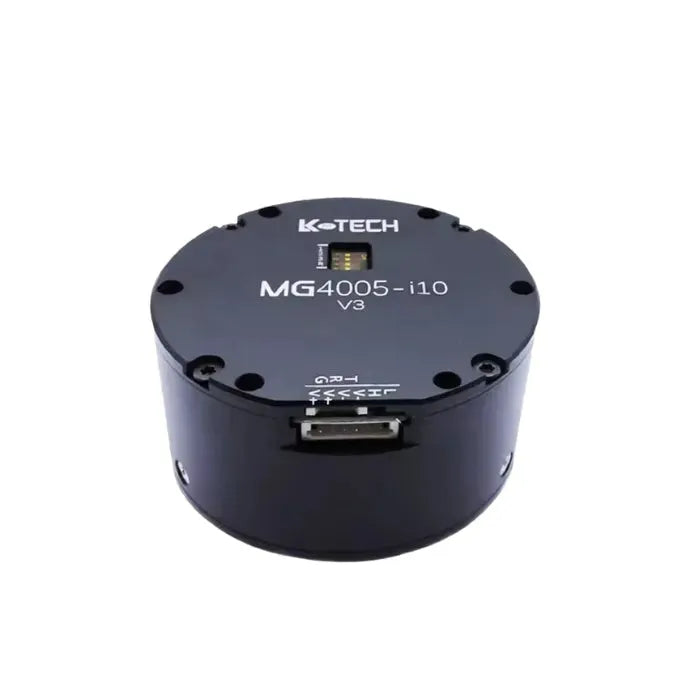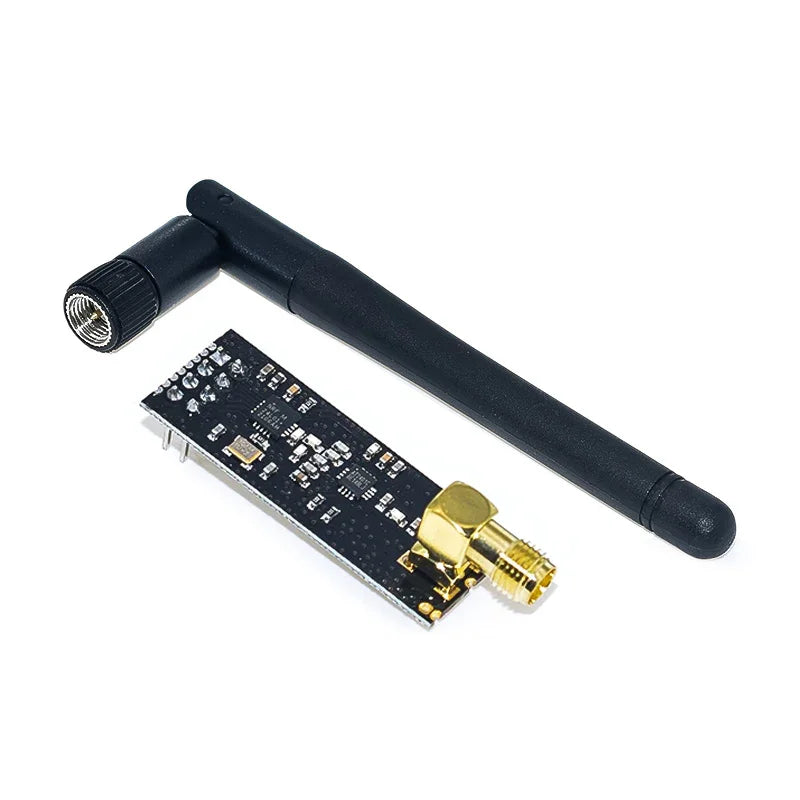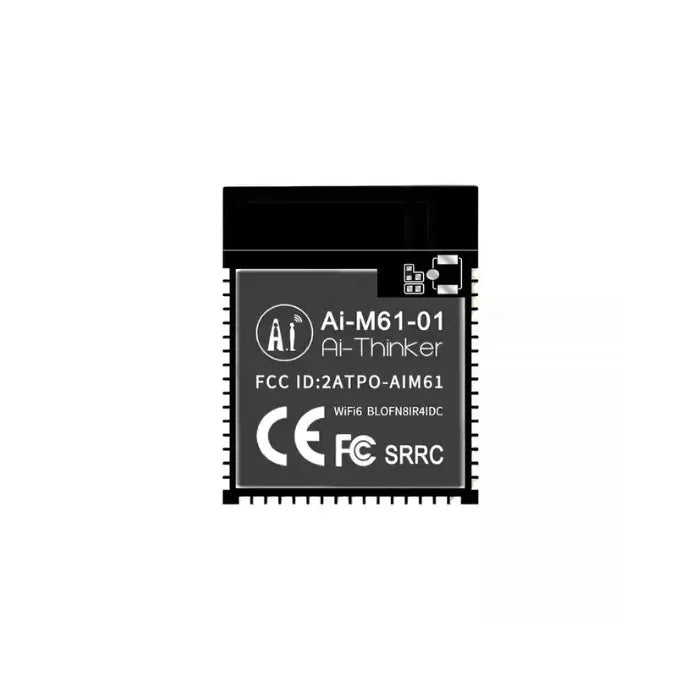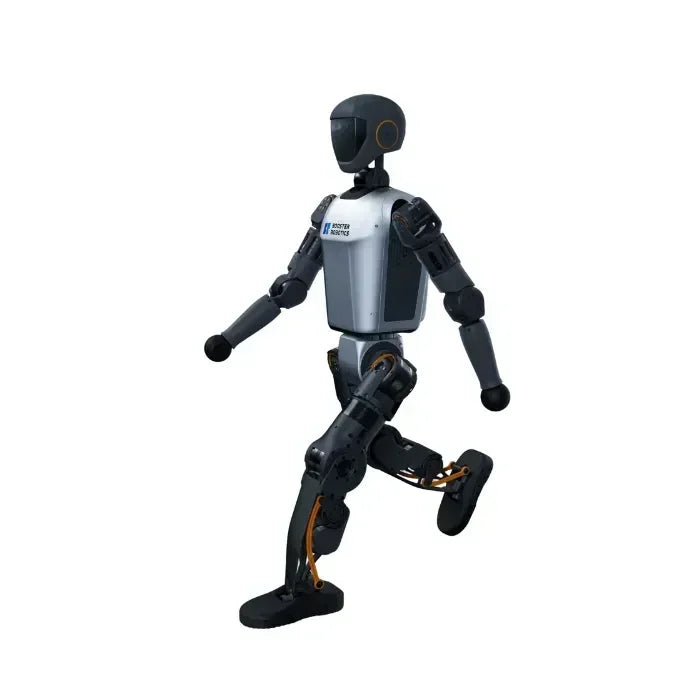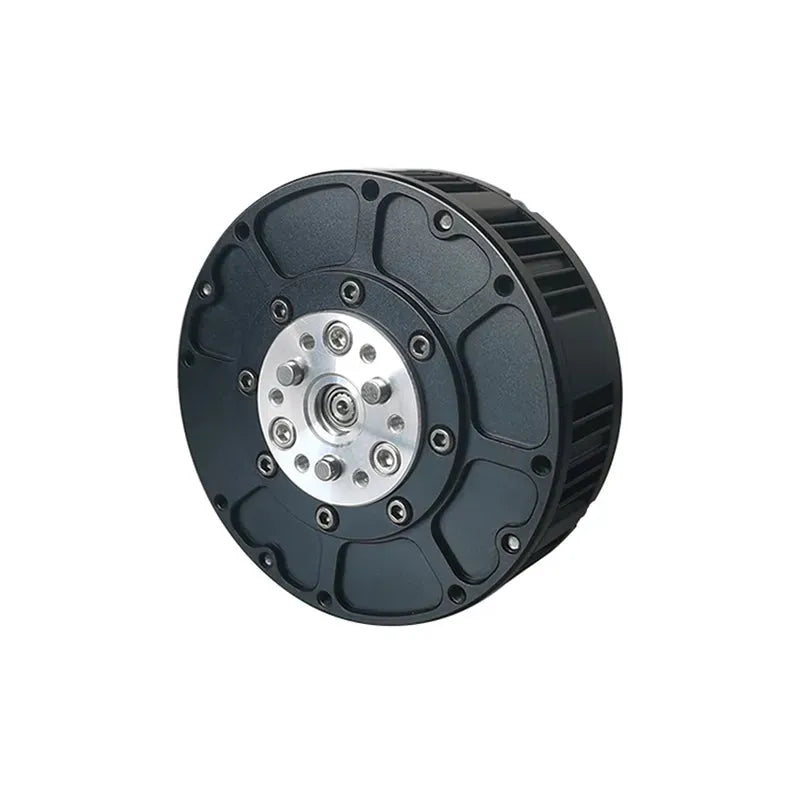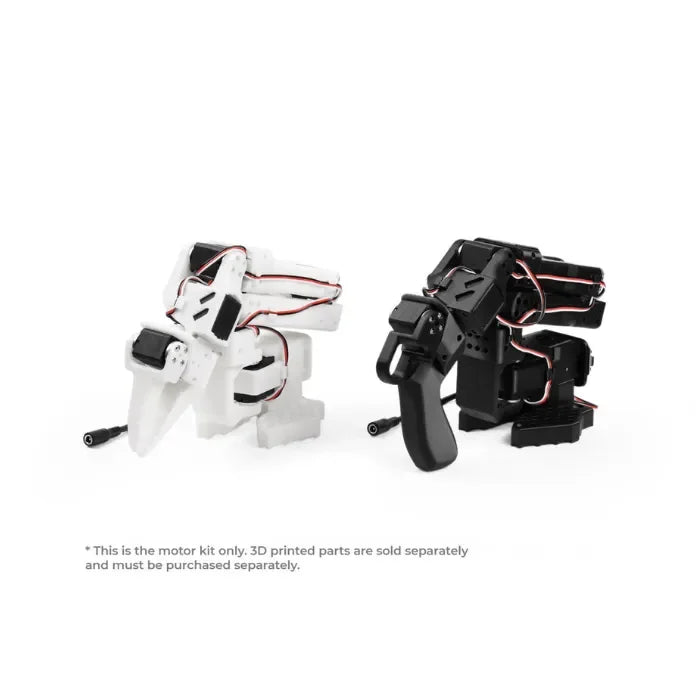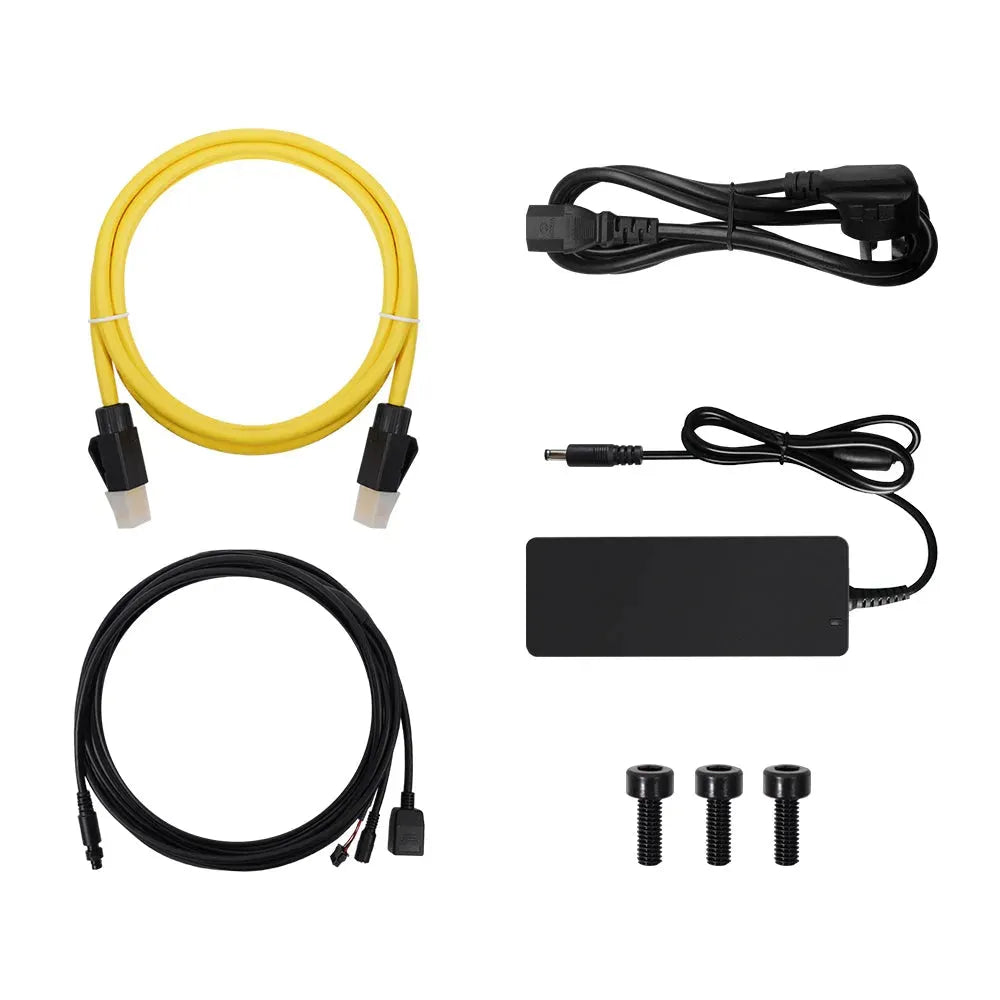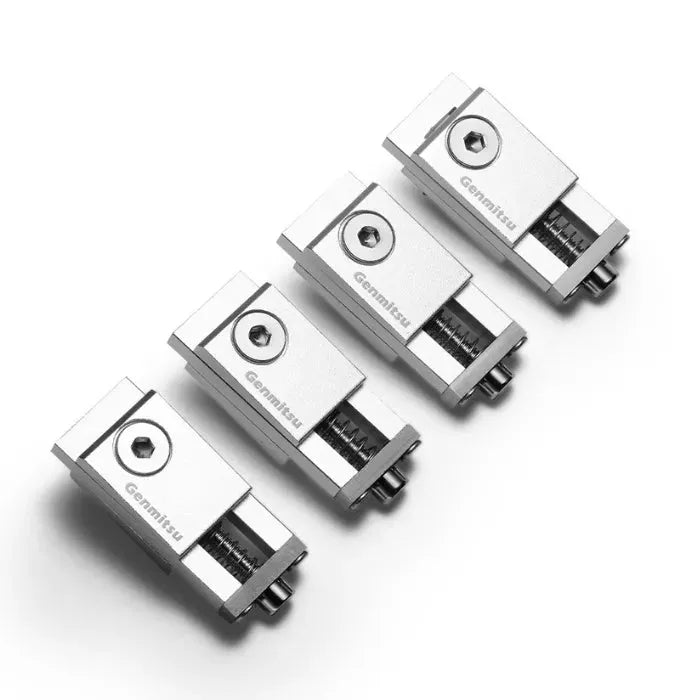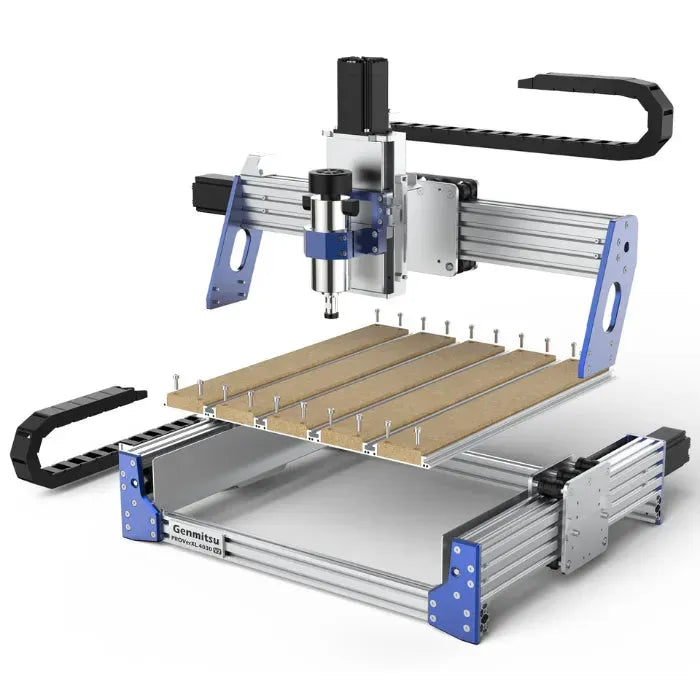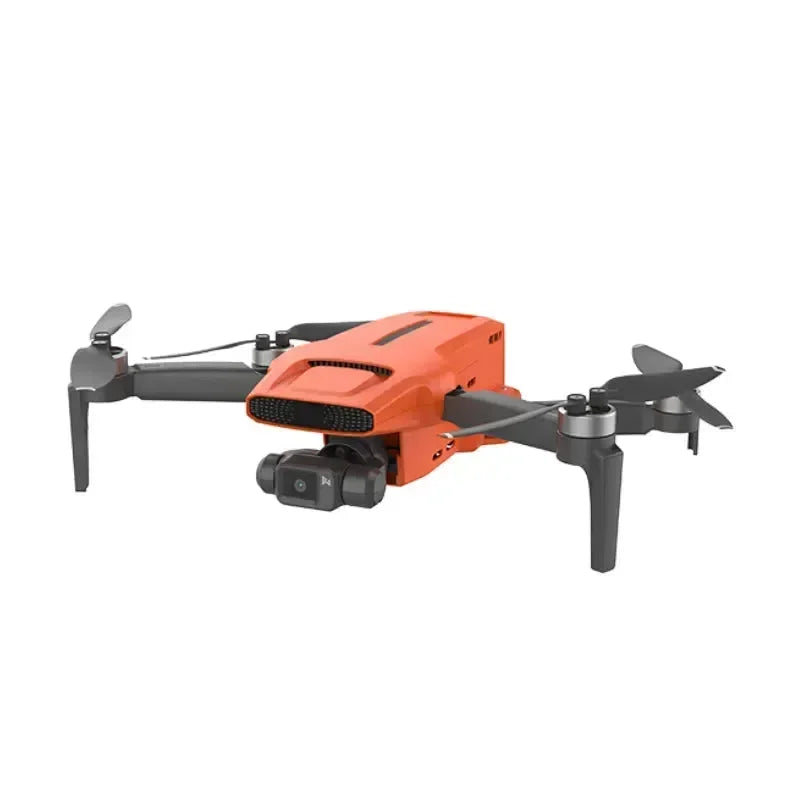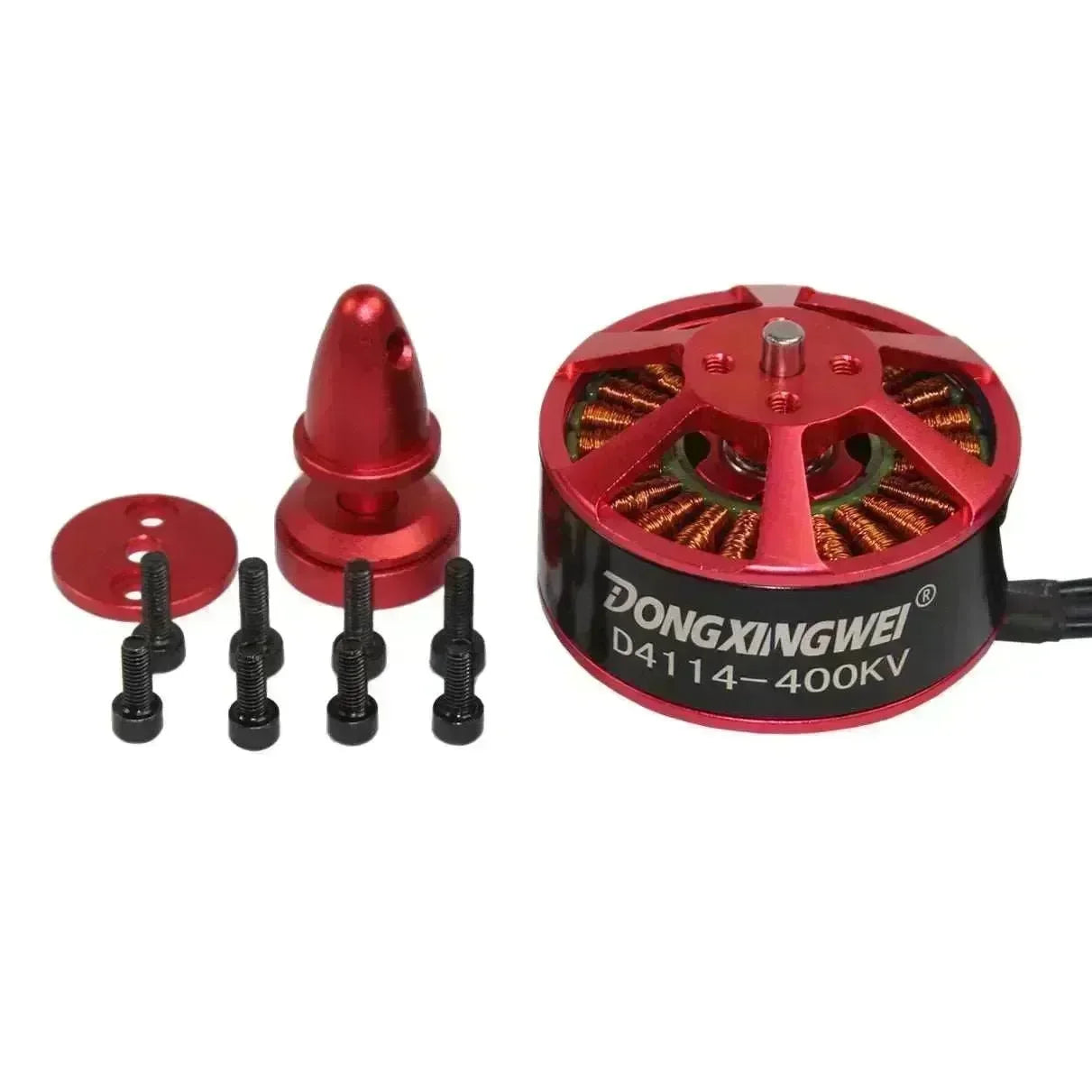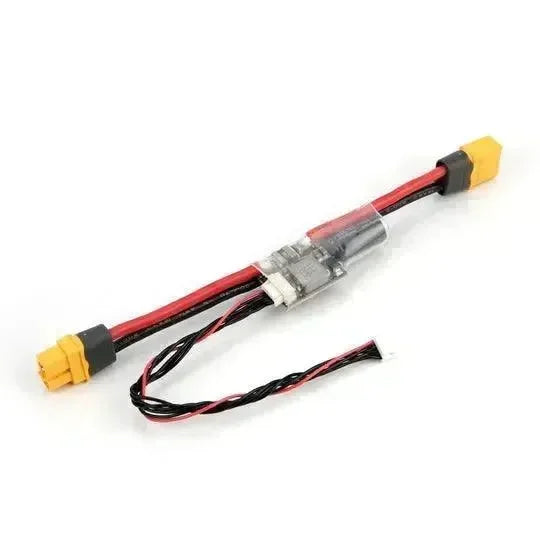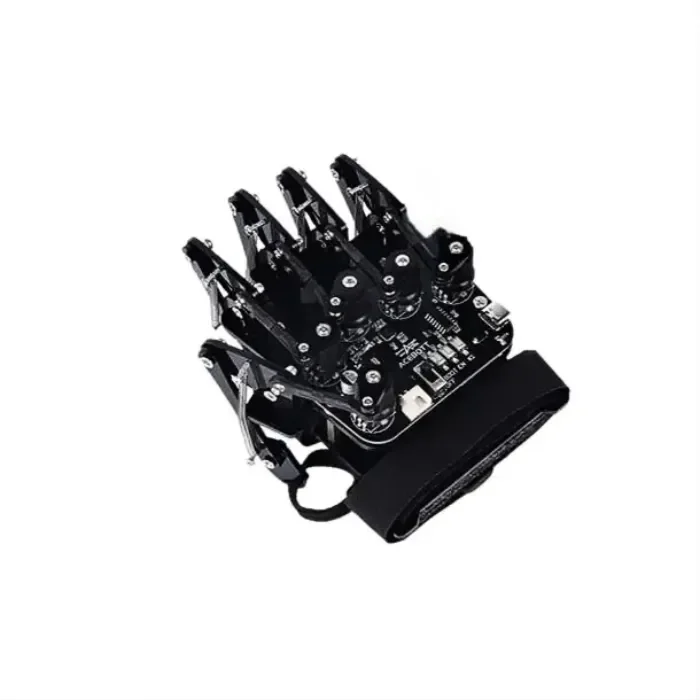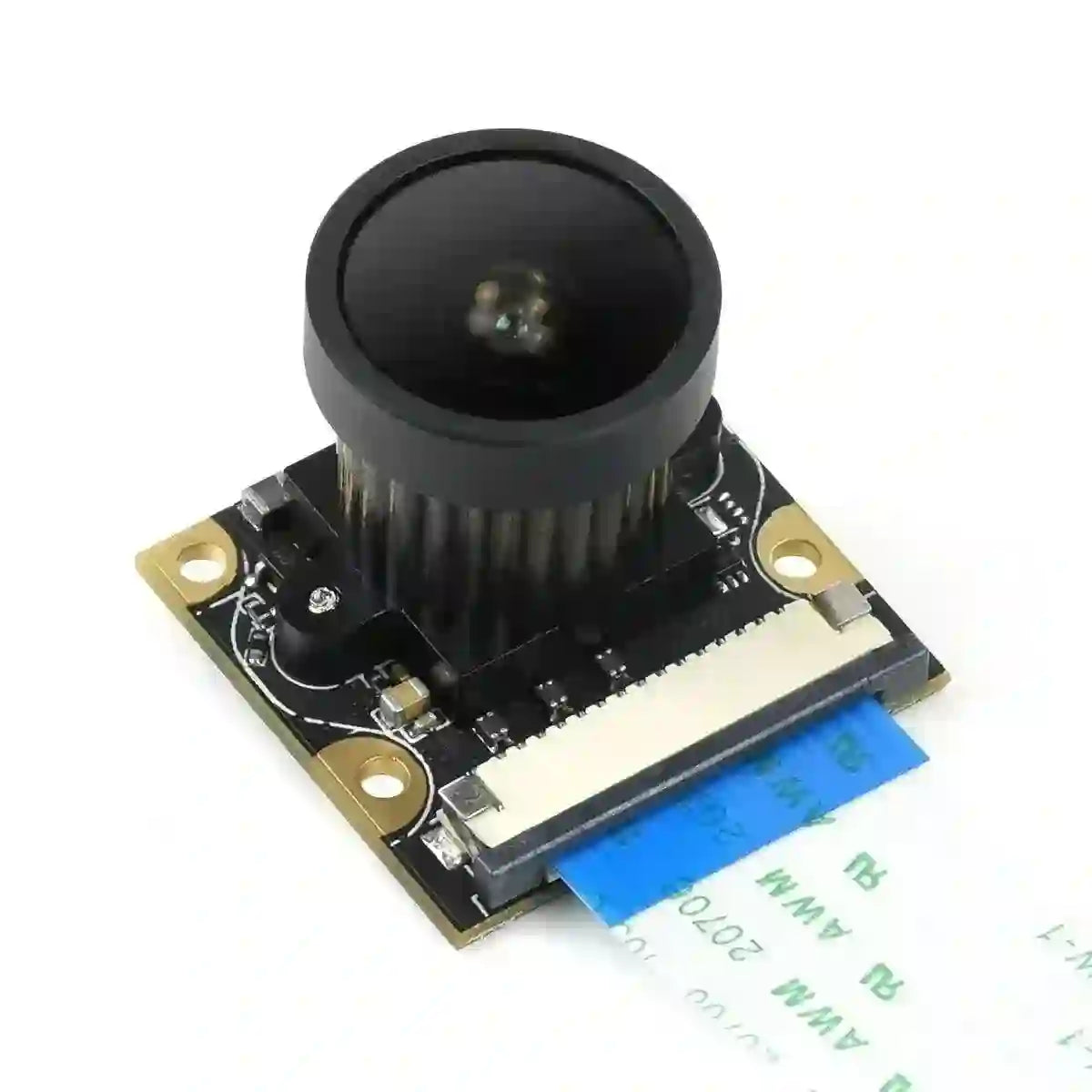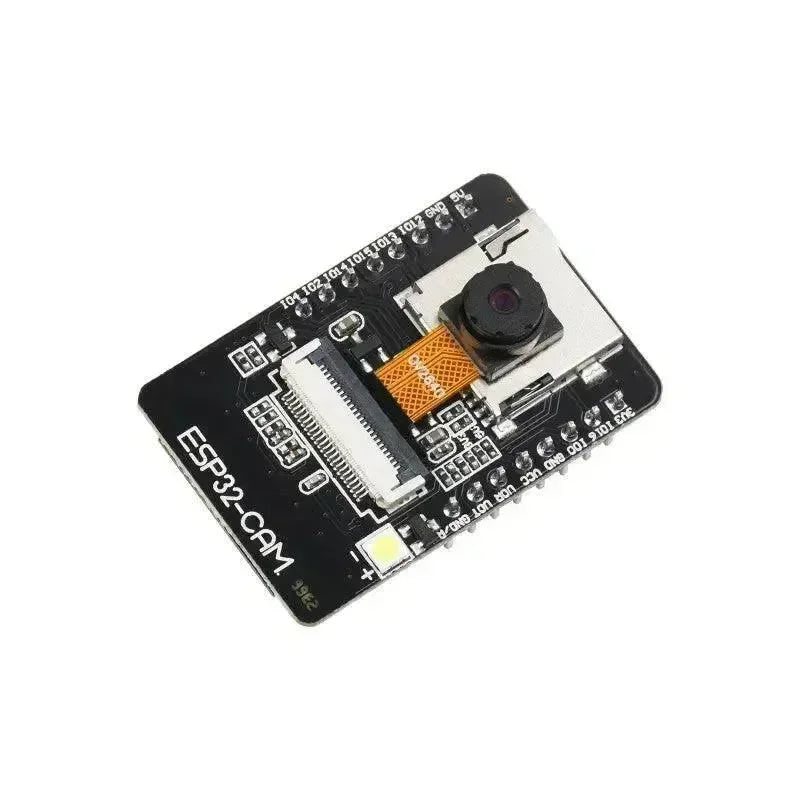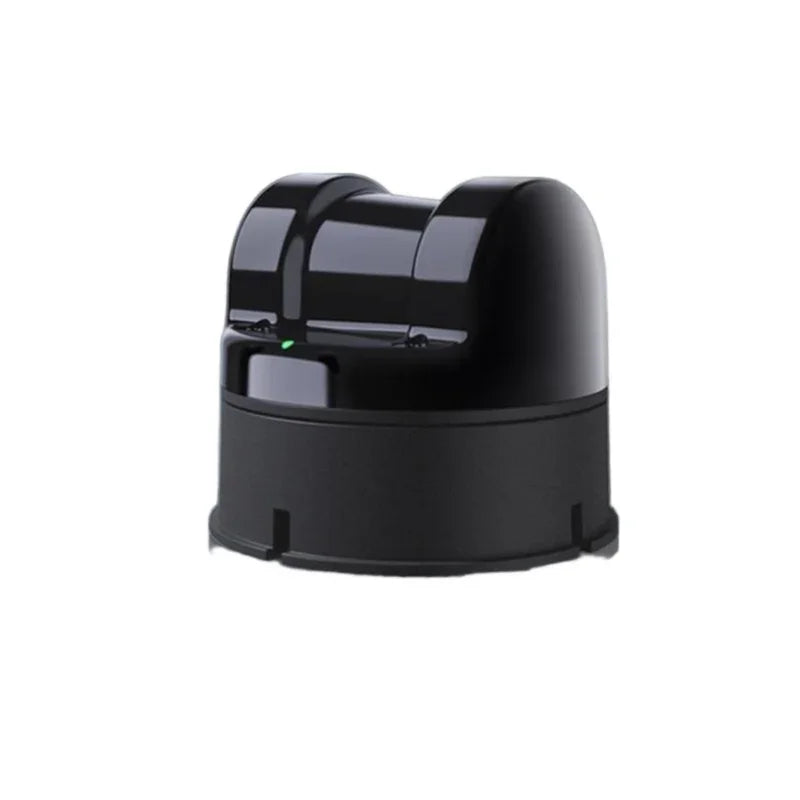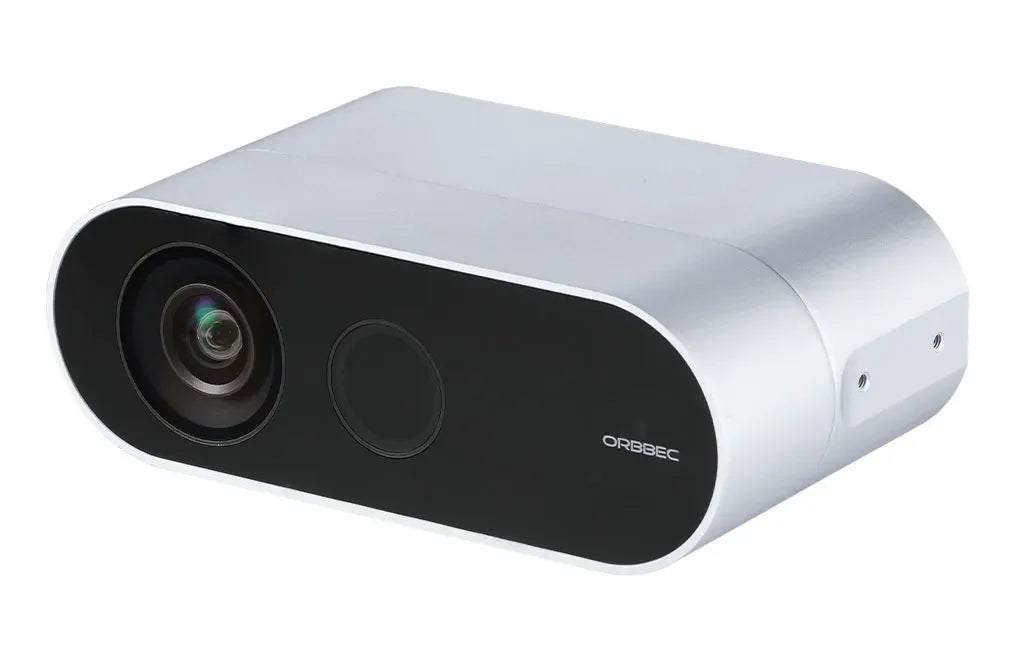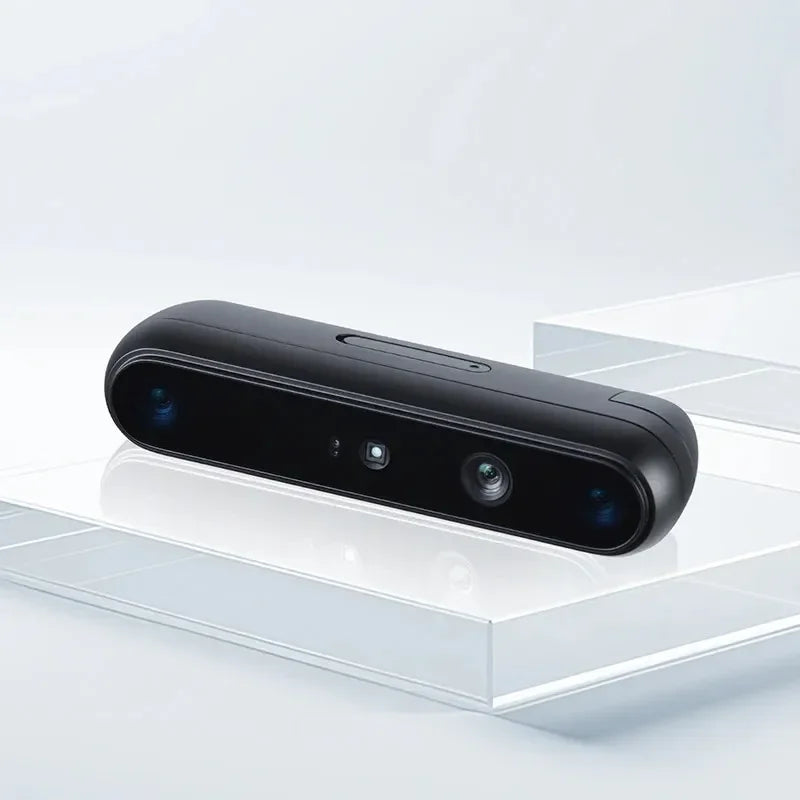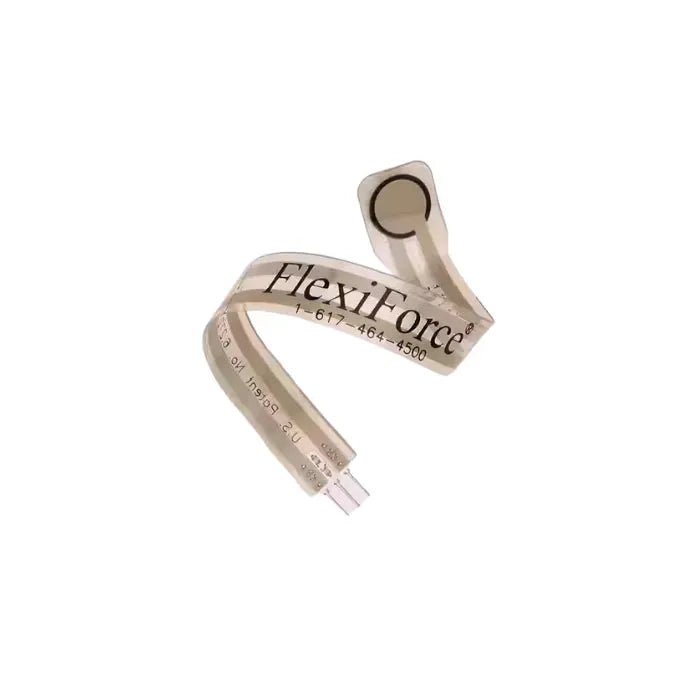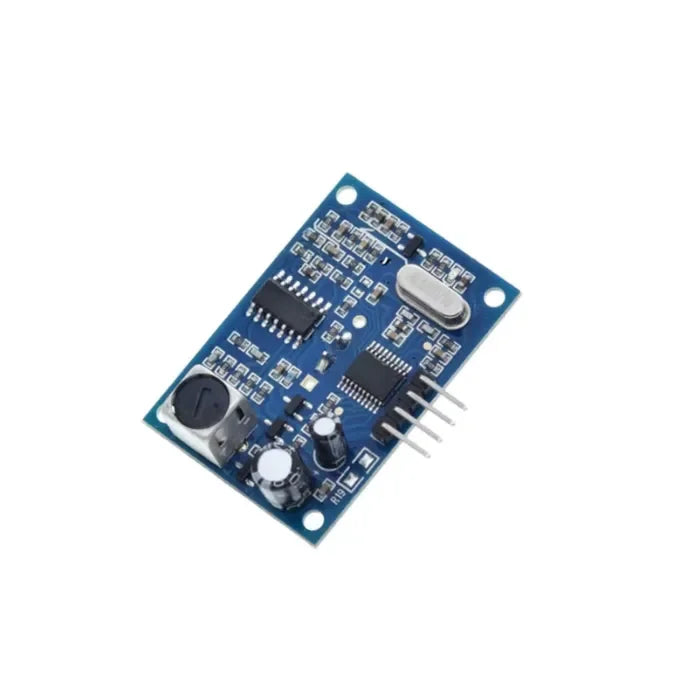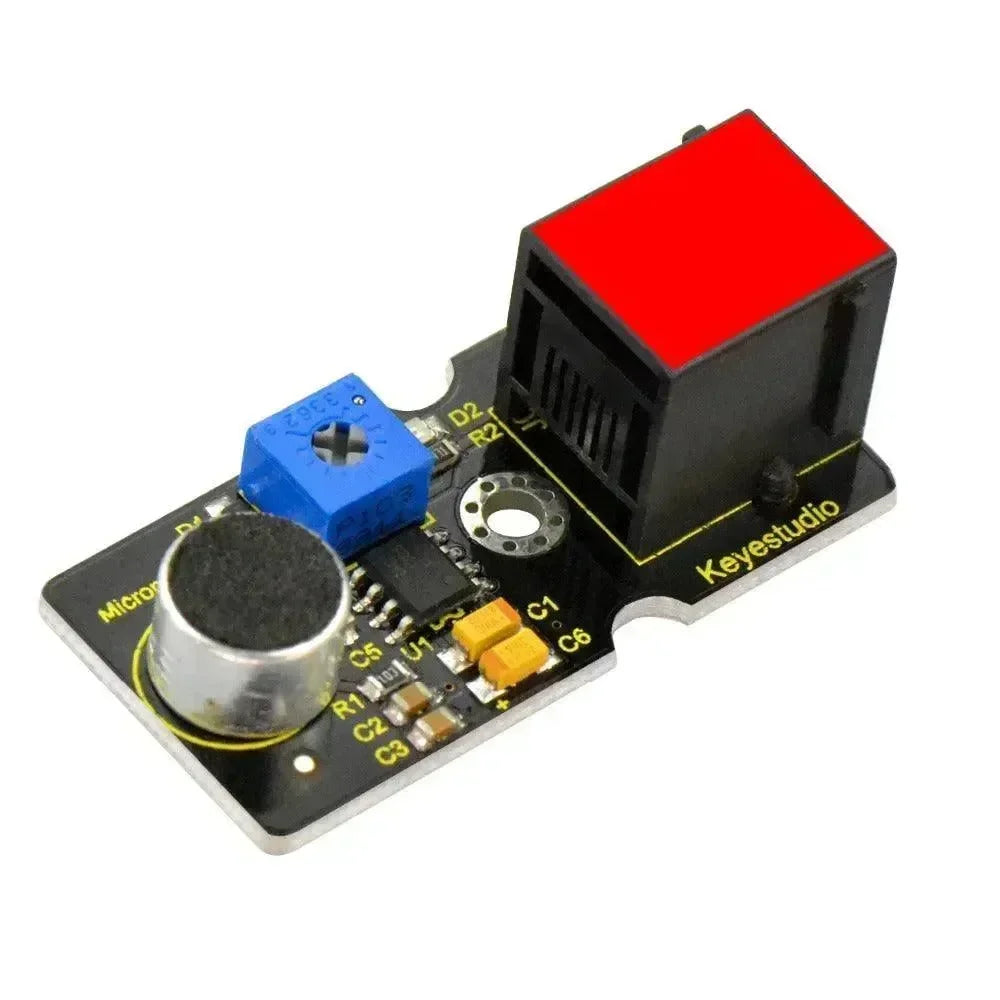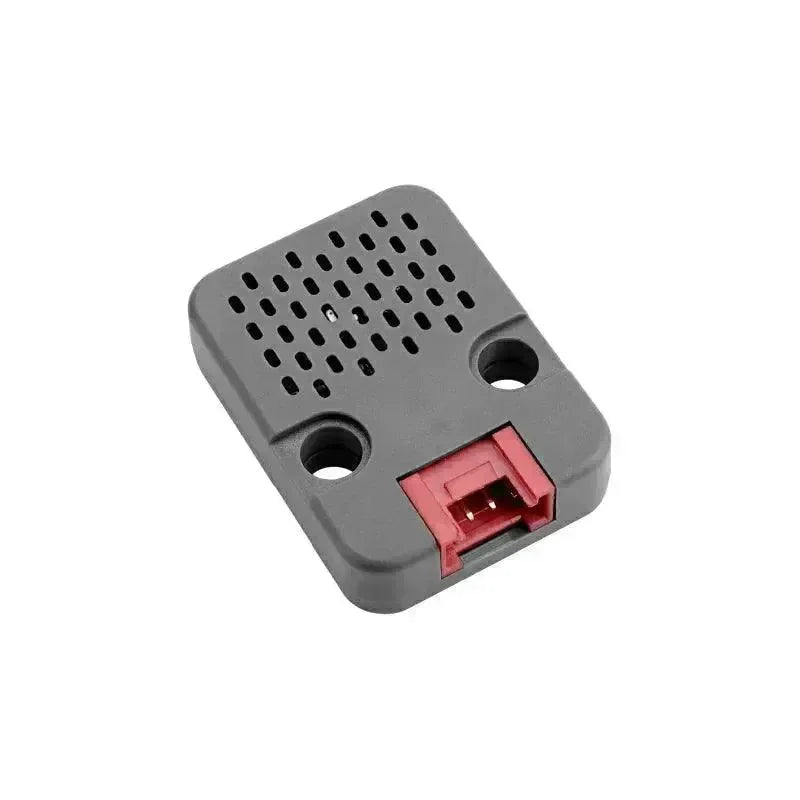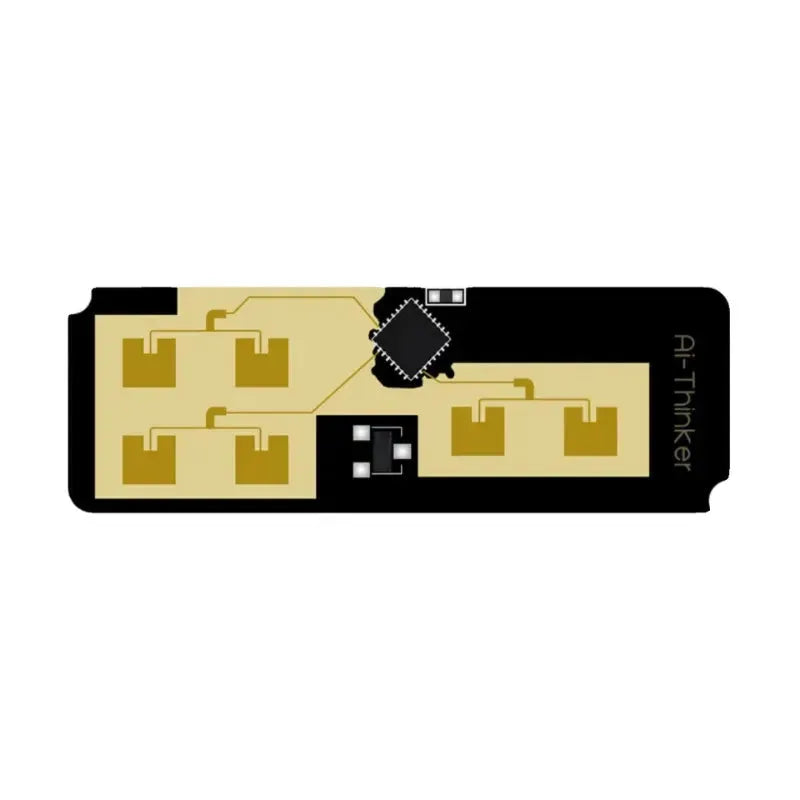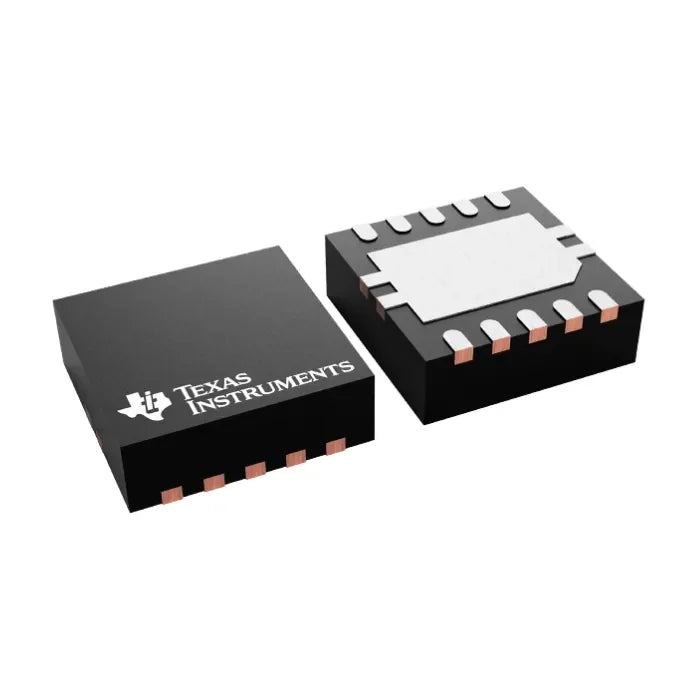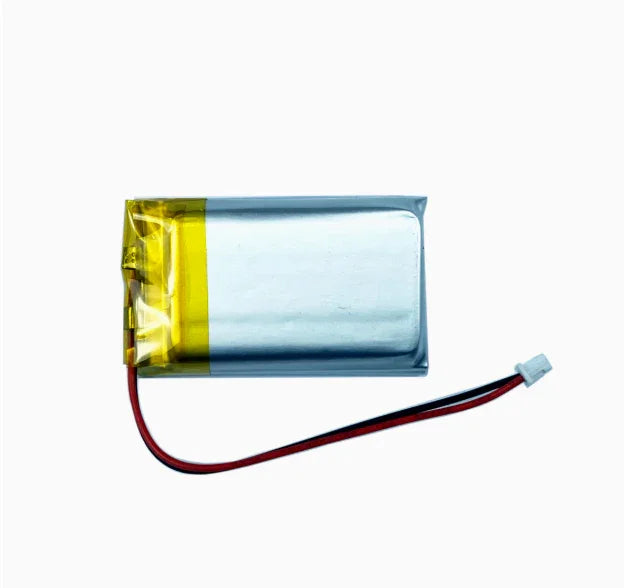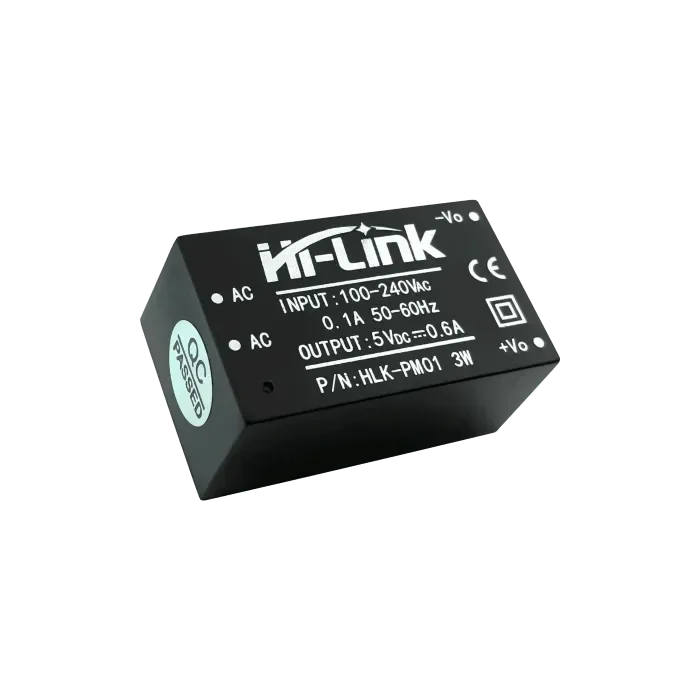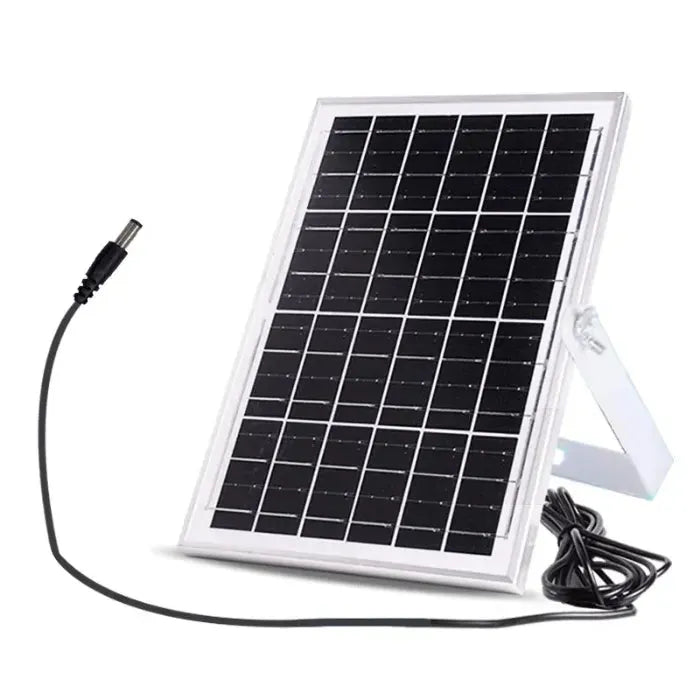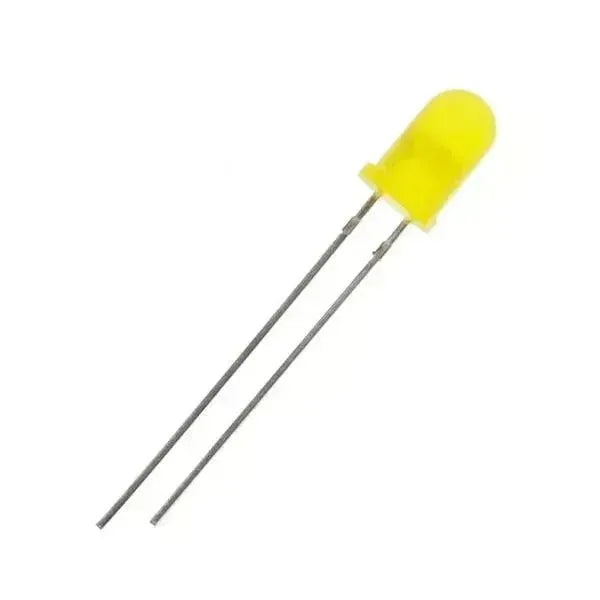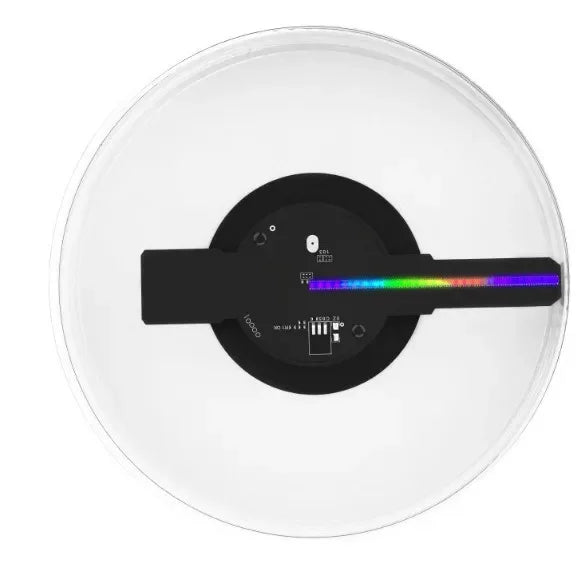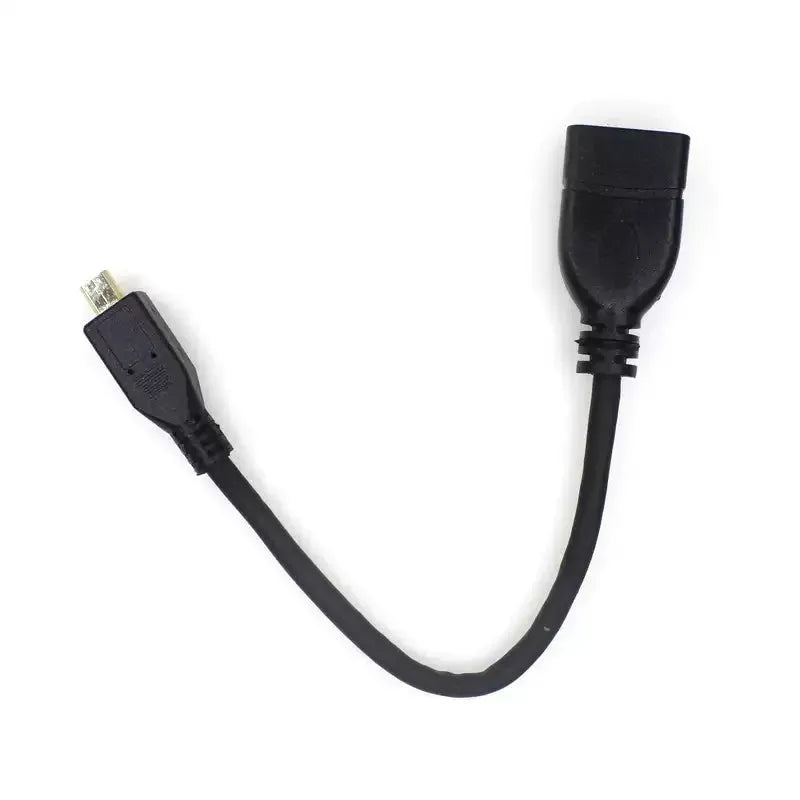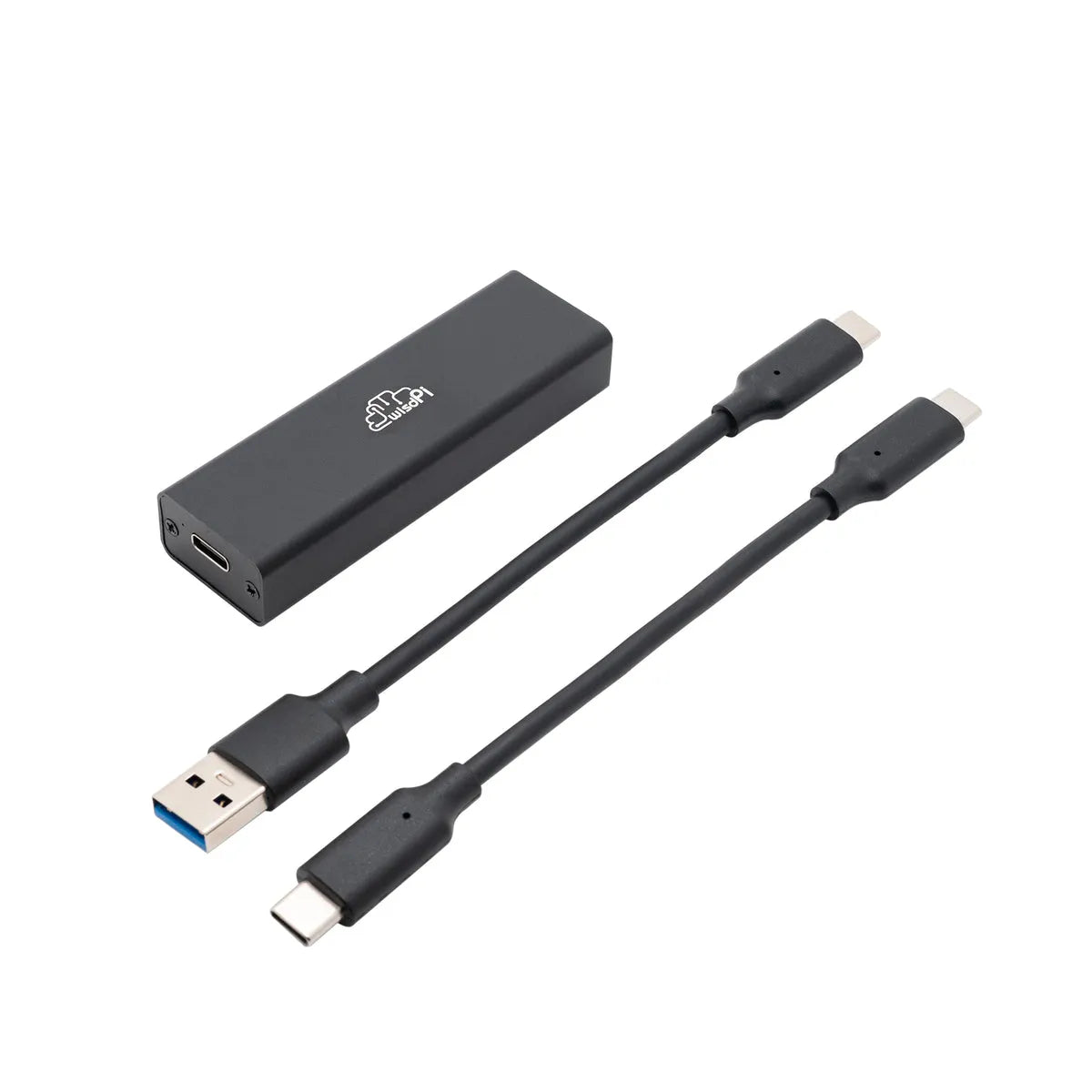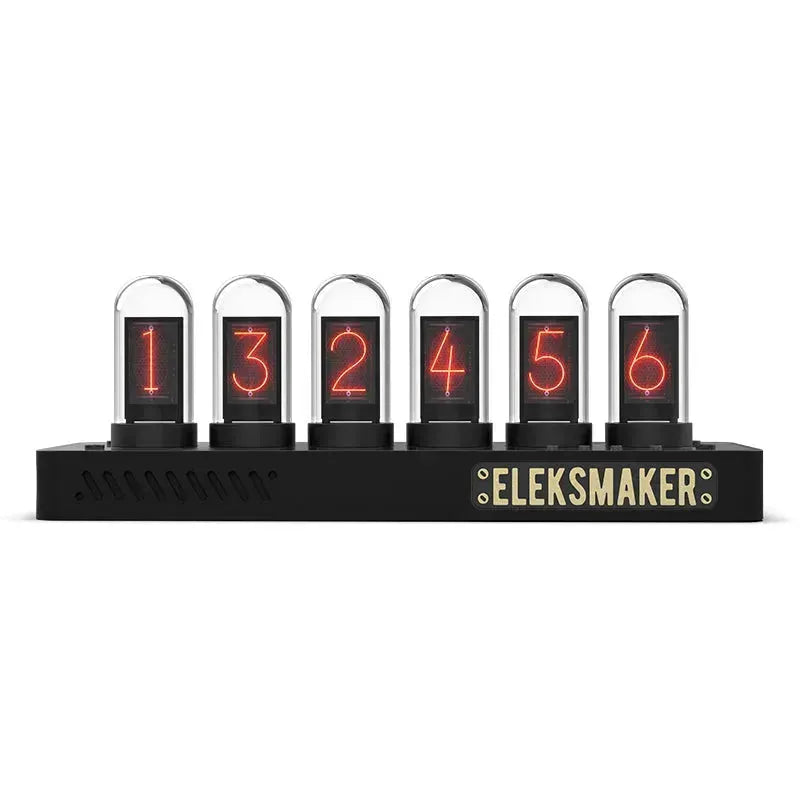What is Ultra-Wideband (UWB)?

Some Features of Ultra-Wideband (UWB)
-
High Bandwidth: Allows for simultaneous data transmission across multiple channels, enabling high-speed transfers for applications like HD video streaming.
-
Low Power Consumption: Operates at low transmission power, making it ideal for battery-powered devices.
-
High-Precision Localization: Achieves centimeter-level accuracy, suitable for indoor navigation and asset tracking.
-
Strong Interference Resistance: Effectively penetrates obstacles and minimizes interference, ensuring reliable communication in complex environments.
Technology Principle of Ultra-Wideband (UWB)
-
Pulse-Based Communication: UWB transmits information using short-duration signals known as pulses, typically in the nanosecond range. Unlike traditional systems that use continuous wave signals, this pulse-based approach allows UWB to achieve higher data rates while consuming less power. Each pulse contains specific information, making it efficient for both data transfer and energy use.
-
Wide Bandwidth: UWB takes advantage of an extremely wide frequency range, generally spanning from 3.1 GHz to 10.6 GHz, with a bandwidth greater than 500 MHz. This extensive bandwidth supports high-speed data transmission and significantly enhances the technology's ability to perform accurate distance measurements and localization.
-
Time Hopping Spread Spectrum (THSS): UWB employs a modulation technique called Time Hopping Spread Spectrum. In THSS, the signal pulses are transmitted at random intervals, meaning that the timing of each pulse is varied. This randomization helps to minimize interference from other wireless devices and reduces the impact of multipath propagation, thereby enhancing the reliability of the communication.
-
Multipath Propagation: A significant advantage of UWB is its ability to utilize multipath propagation. In real-world environments, transmitted signals often reflect off walls, furniture, and other obstacles before reaching the receiver. UWB can analyze these multiple paths of the signals to improve localization accuracy and combat the challenges posed by non-line-of-sight conditions.
-
Precise Time of Flight Measurement: UWB excels at measuring the time of flight of its transmitted pulses. By accurately determining how long it takes for a pulse to travel from the transmitter to the receiver, UWB can calculate distances with high precision (up to centimeters). This capability is crucial for applications requiring accurate positioning and tracking.
-
Advanced Signal Processing: UWB systems employ advanced signal processing techniques to enhance performance. These techniques include filtering methods to reduce noise, algorithms for detecting and interpreting signals accurately, and computational methods for estimating distances based on received signal characteristics. The combination of these processing techniques allows UWB to achieve reliable communication and precise location tracking.
-
Low Probability of Intercept (LPI): Because UWB transmits at low power across a broad spectrum, it's difficult for receivers to detect the signals, providing a level of security. This makes UWB suitable for applications where security and privacy are paramount, as the signals can operate under the radar of many conventional detection systems.
-
Development of Protocols: UWB protocols, such as IEEE 802.15.4a and IEEE 802.15.4z, define how devices communicate in UWB networks. These protocols ensure interoperability between devices from different manufacturers and establish standards for performance, enhancing the reliability of UWB systems.

Applications of Ultra-Wideband (UWB)
-
Positioning and Tracking: UWB enables precise indoor positioning and real-time asset tracking in environments like shopping malls, warehouses, and healthcare facilities. This technology is also utilized in personal tracking applications and enhances security systems through accurate movement monitoring.
-
Smart Homes and IoT: It integrates with smart home applications and IoT devices, facilitating reliable communication while maintaining low power consumption, improving automation and user experiences.
-
Automotive Systems: UWB supports keyless entry systems, vehicle-to-vehicle communication, and safety features, enhancing both convenience and security for drivers.
-
Industrial Applications: In industrial automation, UWB provides accurate location data for robots and automated guided vehicles (AGVs), optimizing material handling and operational efficiency.
-
Healthcare Solutions: UWB is used for tracking patients and medical equipment in hospitals, enabling real-time monitoring and improving overall patient care.

Conclusion
Ultra-Wideband (UWB) is a wireless communication technology that transmits signals over an extremely wide frequency range, typically operating at power levels below -41.3 dBm/MHz and utilizing a bandwidth greater than 500 MHz for high-speed data transmission over short distances. Key features of UWB include high bandwidth, low power consumption, and high-precision localization. Its underlying technological principles encompass pulse-based communication, extensive frequency utilization, Time Hopping Spread Spectrum (THSS), and advanced signal processing techniques. UWB is widely applied in positioning and tracking, smart homes, automotive systems, and healthcare solutions, enabling accurate indoor positioning and real-time asset tracking.

